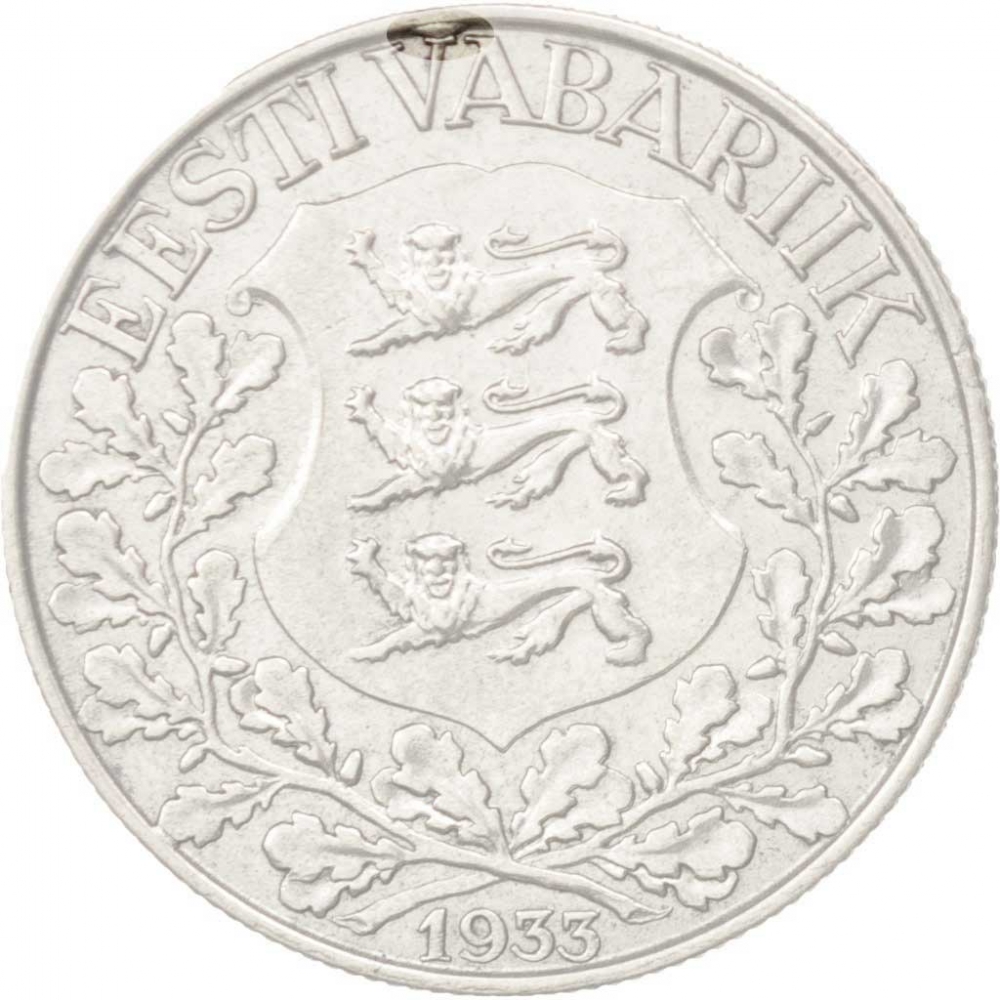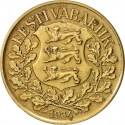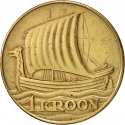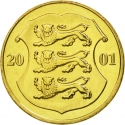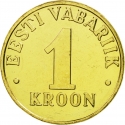You are about to finish your registration. Please check your mailbox (including spam folder). There should be a letter with a confirmation link. Check setting to make sure that your e-mail address is correct.
Send letter againDescription
The first pan-Estonian Song Festival was organized by Johann Voldemar Jannsen (choral society 'Vanemuine') and took place on 18-20 June of 1869 in Tartu with 51 choirs and 845 singers from across Estonia and the participation of a public of 15 000 over two days. Starting with the fourth festival, mixed choirs were also participating. Starting with the sixth festival in 1896, the festival tradition moved to Tallinn. In 1933 accrued as a participants women’s chorus. After Independence in 1918, the first Song Festival in 1923 established a five-year interval for future festivals. The first National Song Festival marked the beginning of the National Awakening.
Obverse

|
Depicts the coat of arms of Estonia (1925–1940), the country name (Republic of Estonia) above, the date below. EESTI VABARIIK |
|---|---|
Reverse

|
Depicts a harp, a symbol of the 10th Song Festival, with the Roman numeral X and oak leaves, festival stage in the background, years 1839 and 1933, and 'Song Festival' in Estonian above, denomination below. ÜLDLAULUPIDU |
| Edge |
140 reeds |


